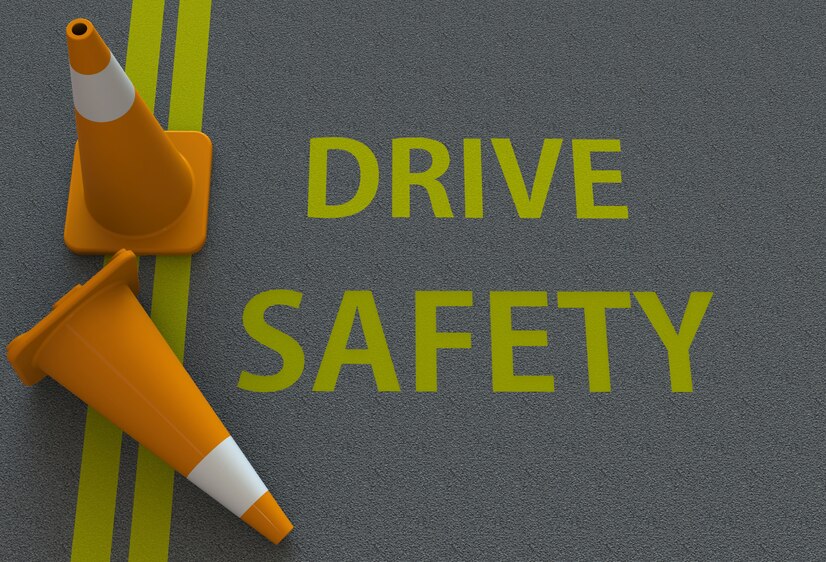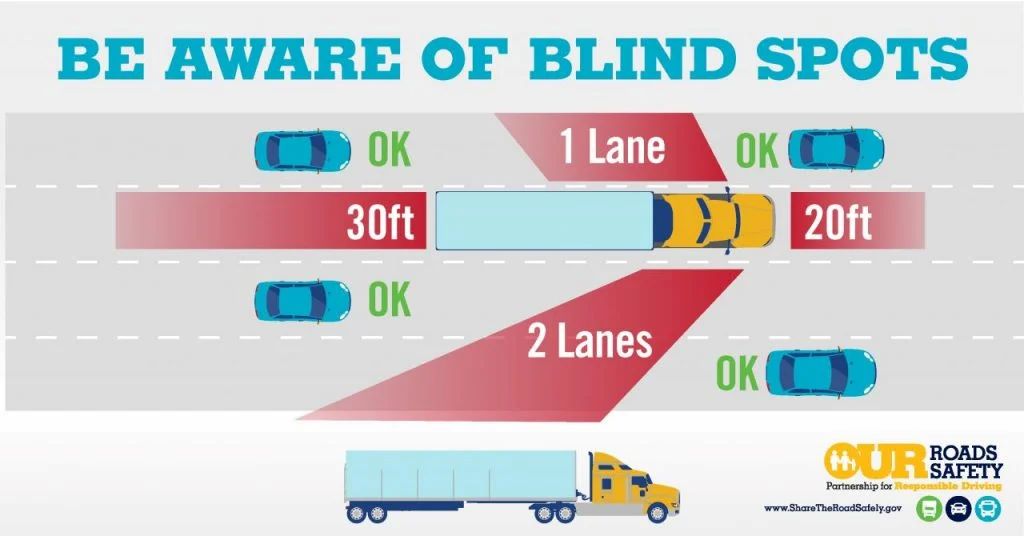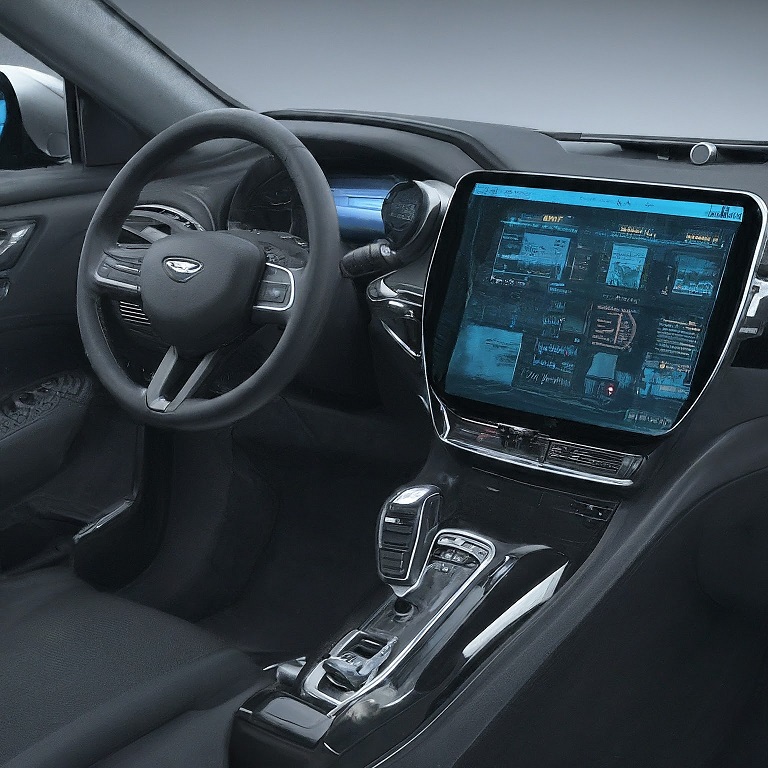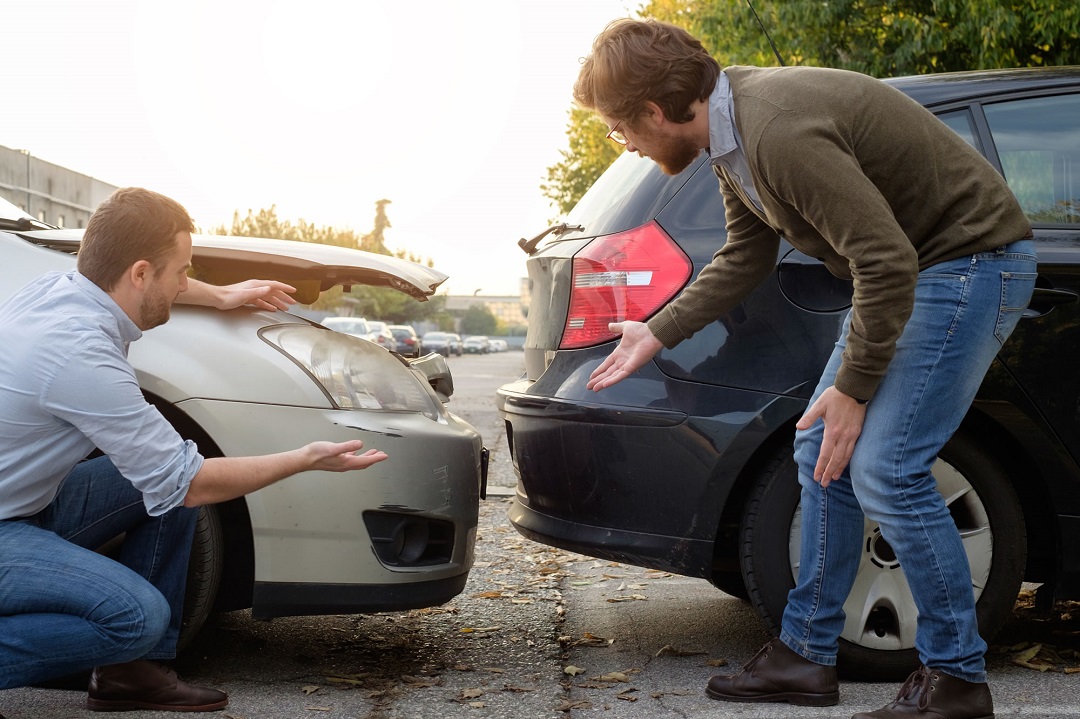Driving is a privilege that comes with a great deal of responsibility. Each time we step behind the wheel, we take on the task of operating a powerful machine that has the potential to both connect and cause harm. Safe driving isn’t just about following rules and regulations – it’s about protecting lives and ensuring that our roads are safe for everyone. In this article, we’ll delve into a comprehensive set of tips for driving safely. It can help you become a more responsible and safety-conscious driver.
Understanding the Gravity of Road Safety
Before we dive into the specifics, it’s essential to recognize the gravity of road safety. Every year, countless lives are lost due to accidents that could have been prevented. Safe driving isn’t just about protecting ourselves; it’s about safeguarding other road users as well. It’s a shared responsibility that demands our attention, focus, and commitment.
Every Driver’s Role in Ensuring Safety
Safe driving is a collective effort. As drivers, we share the road with pedestrians, cyclists, and fellow motorists. Each one of us plays a vital role in maintaining the safety of our streets. By staying attentive, following traffic laws, and being considerate, we contribute to a safer driving environment for everyone.
Why Safe Driving Matters
The consequences of negligence on the road can be devastating. From minor fender benders to life-altering accidents, the price of reckless driving is high. By prioritizing safe driving practices, we significantly reduce the risk of accidents and ensure that our journeys are as smooth and secure as possible.
Preparing Yourself and Your Vehicle
Before embarking on any journey, it’s crucial to ensure that both you and your vehicle are ready for the road ahead. Here are some key points to consider:
Driving requires focus and concentration. It’s essential to be mentally and physically prepared before getting behind the wheel. Avoid driving if you’re feeling fatigued, under the influence of alcohol or drugs, or in an emotionally distressed state.
Regular vehicle maintenance is vital for safe driving. Check your brakes, tires, lights, and fluids regularly. A well-maintained vehicle is more likely to respond reliably in critical situations.
Fatigue impairs judgment and reaction time, making it a significant hazard on the road. Prioritize getting enough sleep before long journeys, and take breaks if you’re feeling tired during your drive.
Defensive Driving Techniques
Defensive driving is all about being proactive and vigilant on the road. Here’s how you can practice it:
Defensive driving involves anticipating potential hazards and reacting in advance. Stay alert to the actions of other drivers and be prepared to adjust your driving accordingly.
Keep a safe distance from the vehicle in front of you. The two-second rule gives you enough time to react if the car ahead suddenly stops or slows down.
Constantly scan the road ahead, your mirrors, and your blind spots. Being aware of your surroundings helps you detect potential dangers early.
Adapting to Different Conditions
Driving conditions can vary greatly. Here’s how to handle different situations:
Rain and fog reduce visibility, making driving more challenging. Slow down, turn on your headlights, and increase your following distance in such conditions.
Winter conditions demand extra caution. Drive at reduced speeds, avoid sudden movements, and equip your vehicle with appropriate tires.
Glare from the sun and other vehicles can be blinding. Use your sun visor, polarized sunglasses, and adjust your rearview mirror to minimize glare.
Managing Distractions
Distractions are a leading cause of accidents. Here’s how to stay focused on the road:
Using your phone while driving is dangerous and illegal in many places. Avoid texting, calling, or engaging in any activity that takes your attention away from driving.
Stay focused by avoiding multitasking. Adjust your radio, GPS, and other settings before you start driving, and don’t let conversations divert your attention.
Interacting with passengers is enjoyable, but it can also be distracting. Engage in conversations that won’t compromise your focus on the road.
The Role of Speed
Speeding is a significant contributor to accidents. Here’s how to manage your speed:
Follow posted speed limits, as they are set to ensure safe driving conditions. Adjust your speed based on the road, weather, and traffic conditions.
Reduce your speed in residential areas, school zones, and places with high pedestrian activity. It gives you more time to react to unexpected situations.
Higher speeds reduce your ability to react to sudden events and compromise your vehicle’s control. Maintain a safe and appropriate speed at all times.
Navigating Intersections
Intersections are potential danger zones. Here’s how to navigate them safely:
Obey stop signs and traffic lights. Come to a complete stop, look for oncoming traffic, and yield the right-of-way as necessary.
Left turns can be risky. Yield to oncoming traffic and pedestrians, and only turn when it’s safe to do so.
Enter roundabouts cautiously, yield to traffic already in the circle, and use your turn signals to indicate your exit.
Handling Road Rage and Aggressive Driving
Road rage and aggressive driving can escalate quickly. Here’s how to handle such situations:
Stay calm and composed, even in frustrating situations. Avoid engaging with aggressive drivers, as it can lead to dangerous confrontations.
If confronted by an aggressive driver, don’t retaliate. Focus on your safety and the safety of others. Avoid eye contact and find a safe place to pull over if necessary.
If you witness dangerous driving behavior, report it to the appropriate authorities using emergency hotlines. Your action could prevent a potential accident.
Using Safety Features
Modern vehicles come equipped with various safety features. Here’s how to make the most of them:
Always wear your seatbelt, regardless of your position in the vehicle. Seatbelts significantly reduce the risk of injury in an accident.
Airbags provide crucial protection during collisions. Ensure that airbags are functional and not obstructed by objects or passengers.
If you’re traveling with children, use appropriate child safety seats. Follow the manufacturer’s guidelines for installation and usage.
Sharing the Road with Others
Sharing the road means accommodating different types of road users. Here’s how to do it safely:
Give bicycles and motorcycles ample space when passing. Be patient and wait for a safe opportunity to overtake.
Yield to pedestrians at crosswalks and intersections. Wait until they have safely crossed before proceeding.
Large vehicles have larger blind spots. Stay visible to truck and bus drivers and avoid lingering in their blind spots.
Planning Your Route
Planning your route can save you time and stress. Here’s how to do it effectively:
Program your GPS with your destination before you start driving. Avoid making adjustments while on the road to minimize distractions.
Whenever possible, plan your travel to avoid peak traffic hours. This reduces your exposure to congested roads and potential frustration.
If you’re taking an unfamiliar route, study the map beforehand. Knowing the route in advance helps you make informed decisions without last-minute surprises.
Conclusion
Safe driving is a continuous commitment. By implementing these tips and techniques, you’re not only protecting yourself but also contributing to the safety of everyone on the road. Remember, responsible driving isn’t just about following rules – it’s about embodying a culture of safety and consideration. Becoming a responsible driver is an ongoing journey.
Continuously educate yourself on Car Finance, adapt to changing conditions, and strive for improvement. Your actions influence others. By driving responsibly, you inspire those around you to do the same, creating a positive ripple effect. Safety is a collective effort. Let’s work together to promote a culture of responsible driving that benefits everyone on the road.
FAQs
Q1: Is defensive driving only for experienced drivers?
Defensive driving is for everyone. It’s a set of techniques that can benefit drivers of all skill levels.
Q2: How can I handle road rage from other drivers?
Stay calm, avoid engaging, and prioritize your safety. Report aggressive behavior if necessary.
Q3: Are safety features a replacement for cautious driving?
Safety features complement cautious driving but don’t replace it. You should always drive with care and attention.
Q4: What’s the best way to stay awake during long drives?
Get plenty of rest before the journey, take breaks, and avoid driving during your body’s natural sleep hours.
Q5: How can I encourage my teenage driver to drive safely?
Lead by example and have open conversations about the importance of responsible driving. Consider enrolling them in a defensive driving course.







